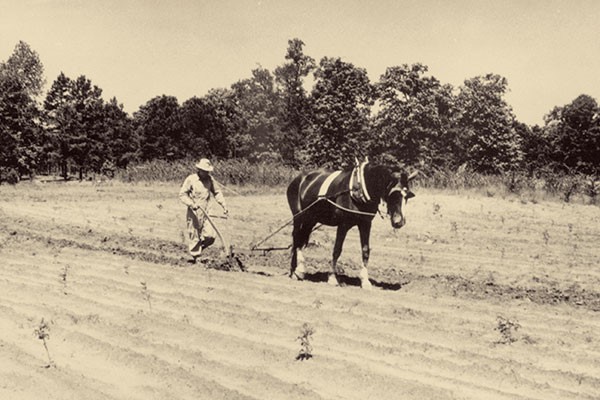
Our History
We trace our history to the early 1900s when interest rates were high and long-term farm loans were scarce. The lack of credit was crippling agriculture. In 1916, after many studies, Congress passed legislation establishing the Farm Credit System. Its purpose — to be a reliable source of credit for farmers and ranchers. Today, we continue to fulfill that critical mission.
Our History
We trace our history to the early 1900s when interest rates were high and long-term farm loans were scarce. The lack of credit was crippling agriculture. In 1916, after many studies, Congress passed legislation establishing the Farm Credit System. Its purpose — to be a reliable source of credit for farmers and ranchers. Today, we continue to fulfill that critical mission.

BY THE YEARS
VIDEO
A video history of the Farm Credit System
The Farm Credit System has been part of the fabric of rural America for over a century. As the agricultural sector’s capital needs continue to grow, Farm Credit remains a reliable financing partner to ag producers, agribusinesses and rural communities.












